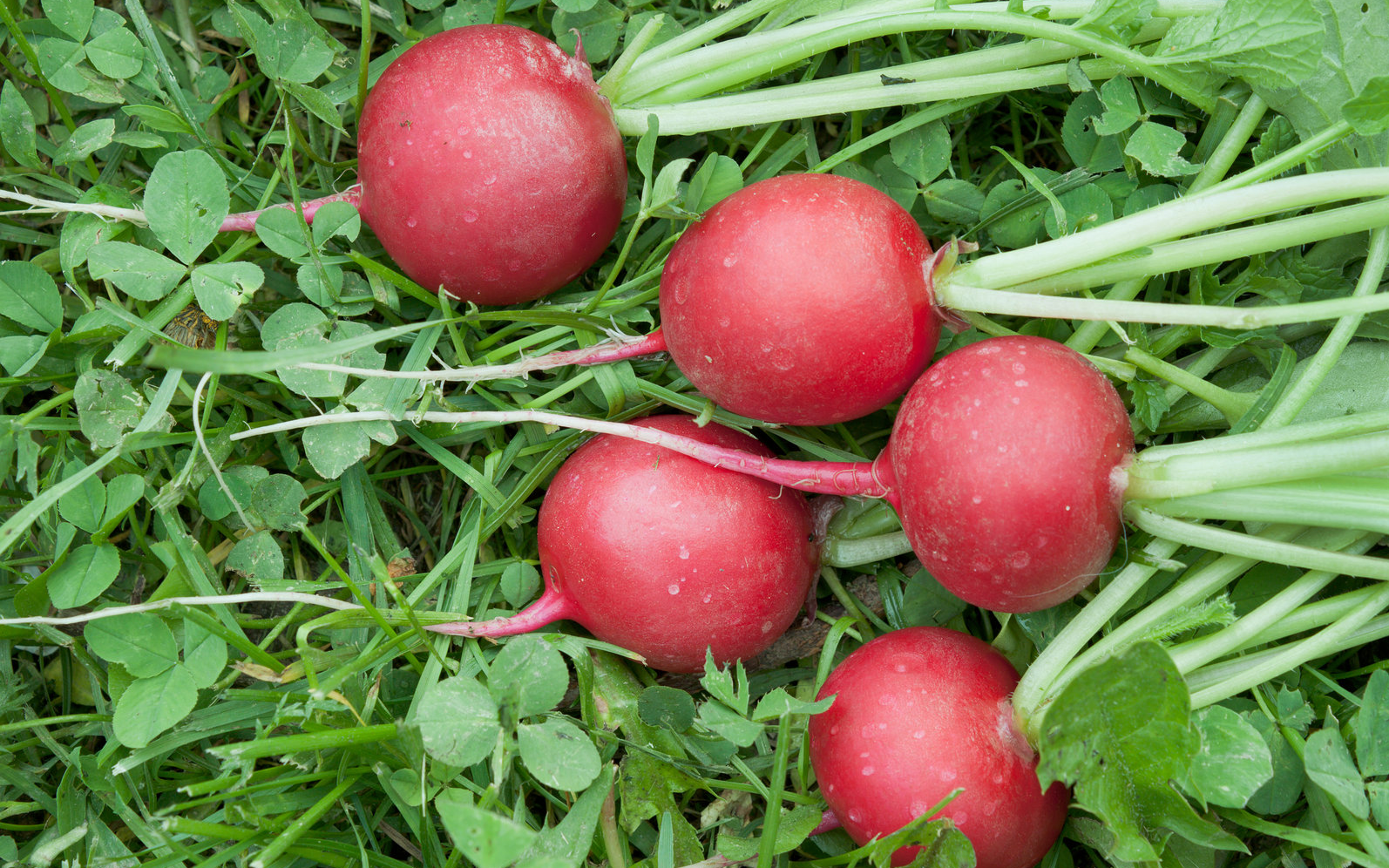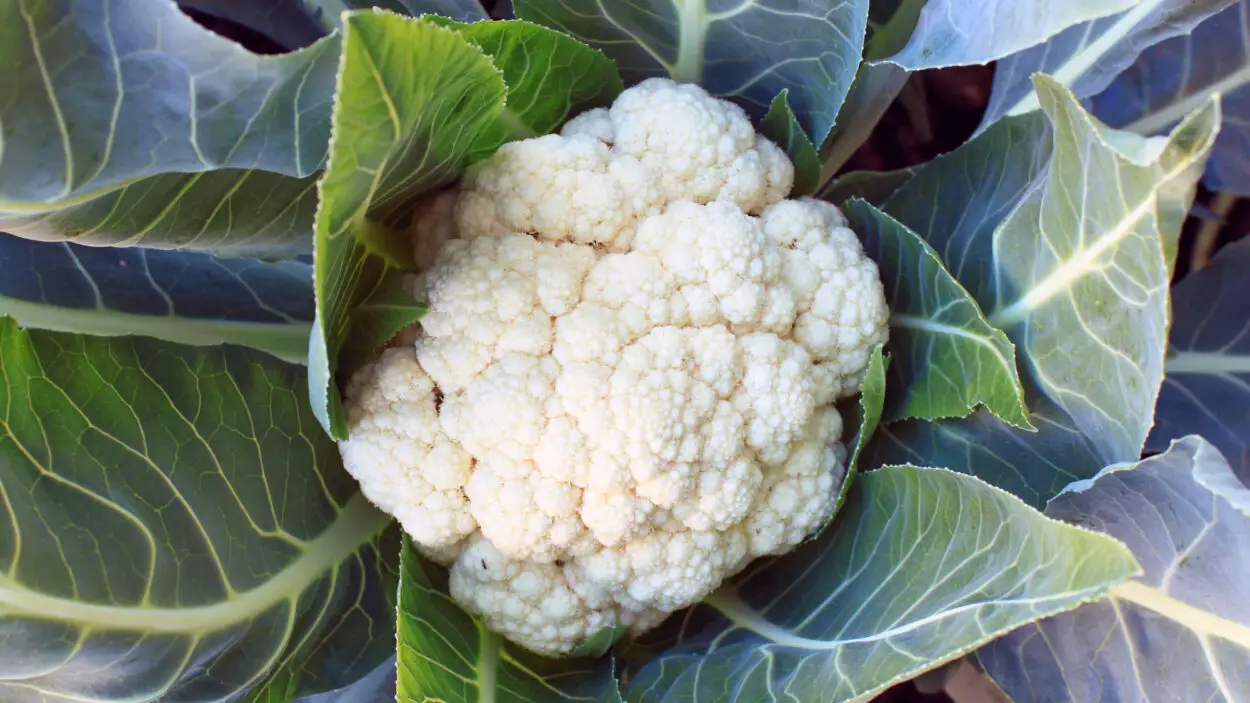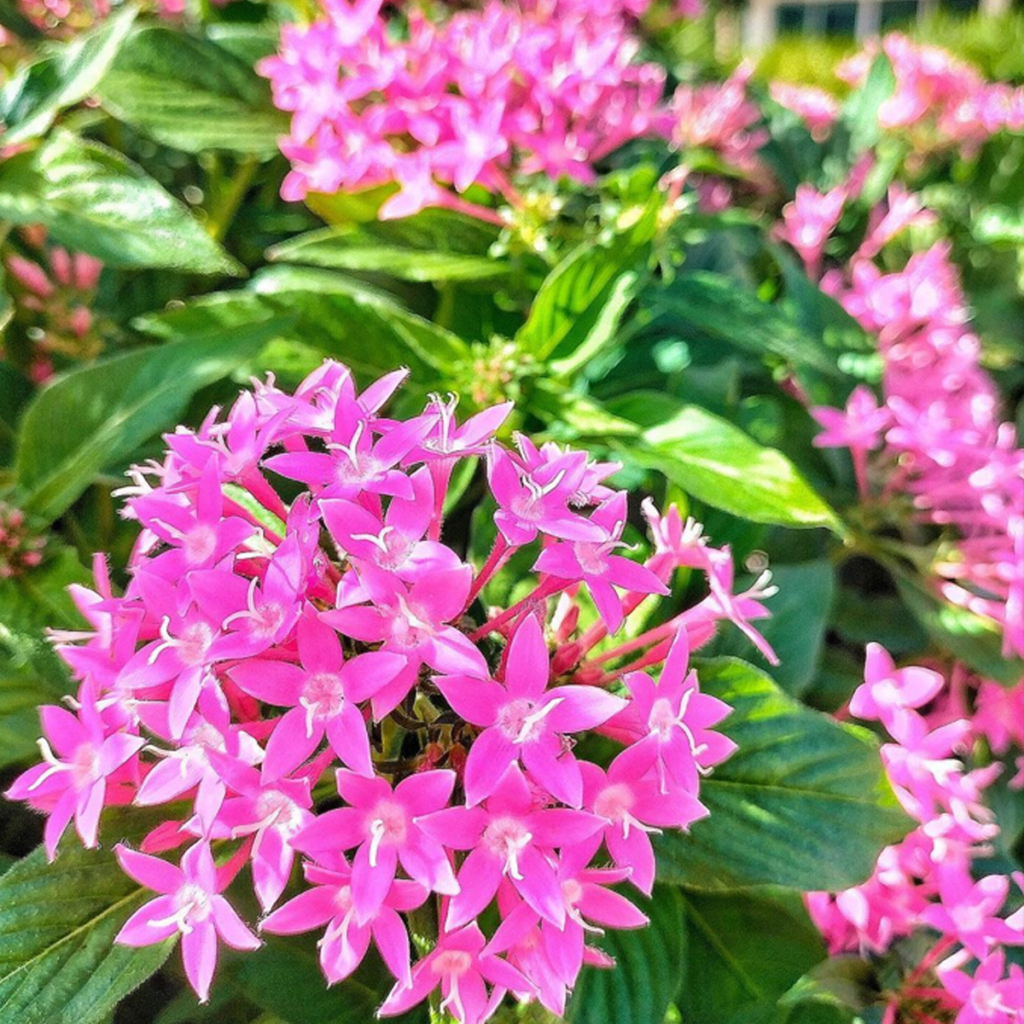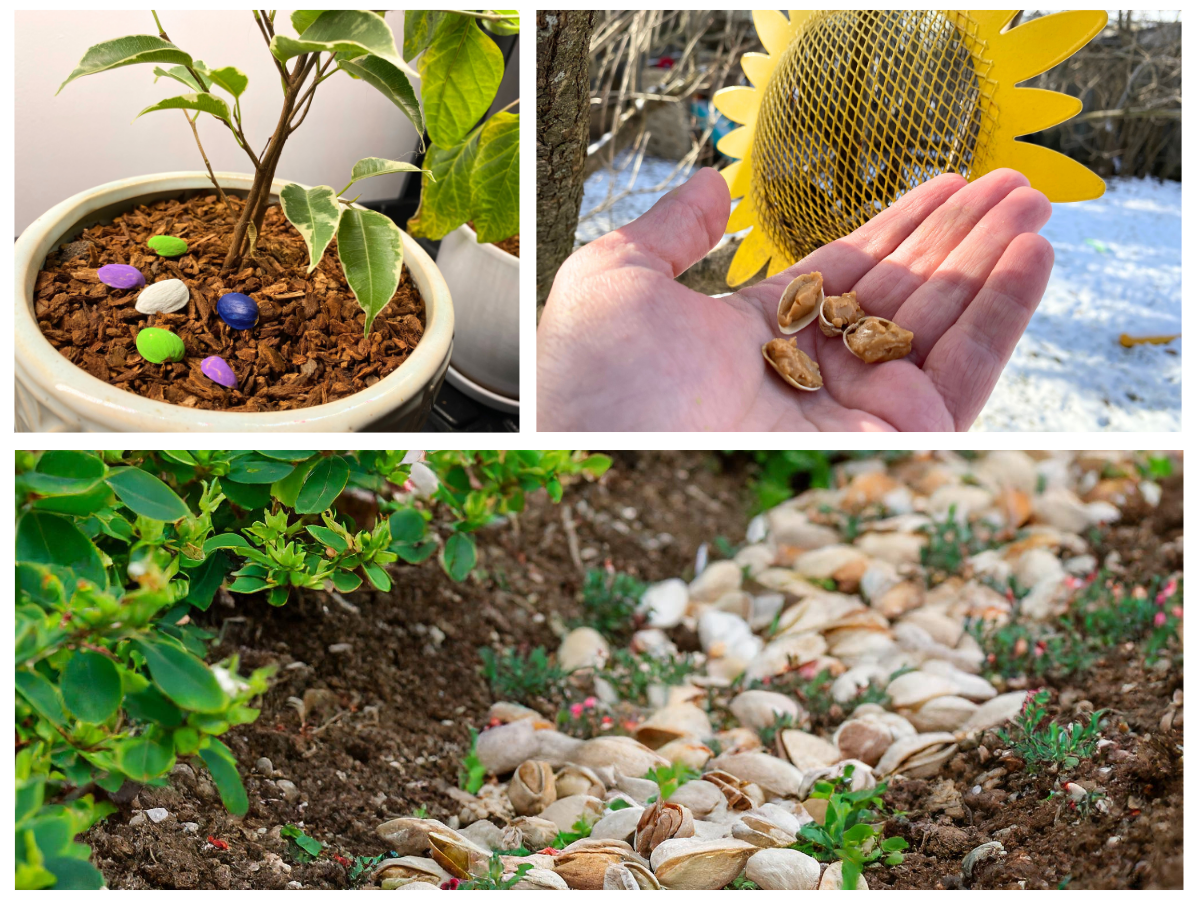11 Weeds With Attractive Yellow Flowers + Growing Guides
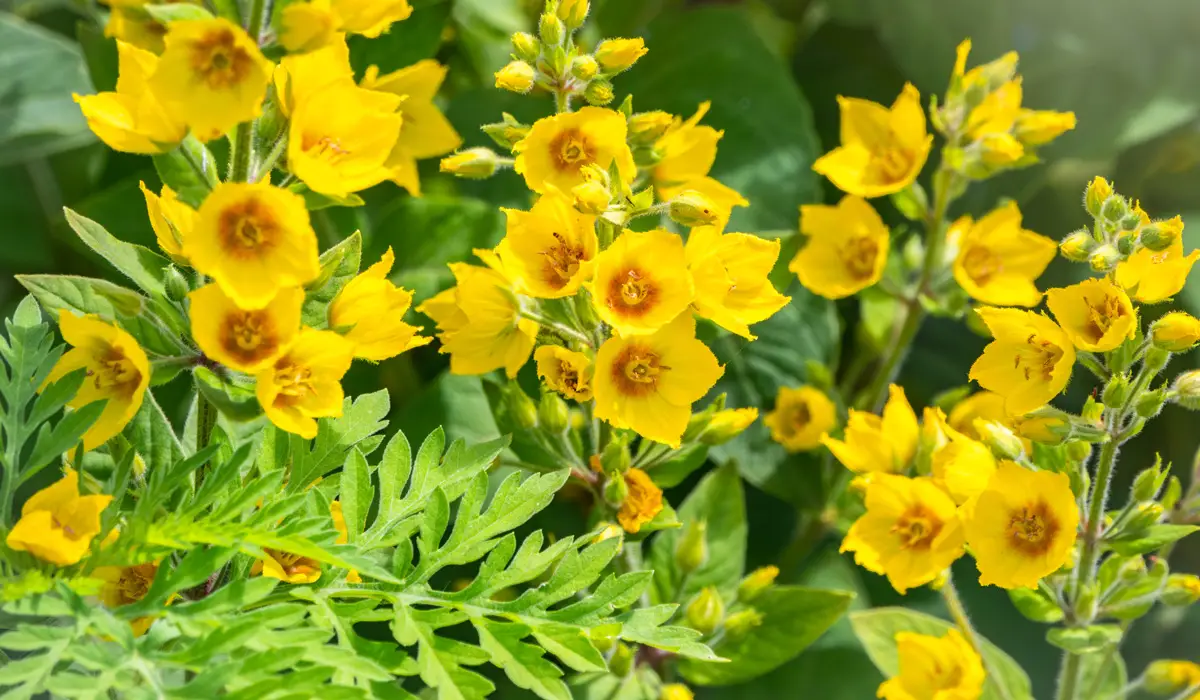
If you’re a nature lover, chances are you’ve come across some beautiful yellow flowers while walking through fields or gardens. While some of these blooms are intentionally cultivated, others are often overlooked because they’re considered weeds.
However, many of these so-called weeds have vibrant yellow flowers that can add a splash of color and beauty to any garden or outdoor space. In this article, I’ll explore 11 such weeds that have attractive yellow flowers.

From the Yellow Sorrel to the Bird’s Foot Trefoil, we’ll delve into each of their unique features and characteristics. So, get ready to discover some stunning weeds that might just inspire you to let a little wildness into your garden. in case you missed my last post on flowering weeds check out these 11 purple flowering weeds as well.
1. Yellow Sorrel (Oxalis stricta)

Yellow sorrel, also known as yellow wood sorrel or oxalis stricta, is a flowering weed plant that boasts attractive yellow blooms. Despite its invasive nature, many gardeners choose to keep it in their gardens because of its bright and cheerful appearance. Yellow sorrel is also a natural insect repellent, making it a great addition to gardens that are prone to pests.
| Botanical Name: | Oxalis stricta |
| Growth Rate: | 1 foot |
| Native Range: | North America |
| Hardiness Zones: | 4-9 |
| Exposure: | Full sun to partial shade |
| Soil Needs: | Well-draining soil |
| Tolerate: | Drought and heat resistant |
| Fertilizing Needs: | Does not require fertilizer |
| Pruning Needs: | regular deadheading required |
| Water needs: | Moderate |
| Dangers | Non-toxic but can be invasive in some areas, and the leaves can irritate the skin of some people who are sensitive to oxalic acid. |
2. Yellow Toadflax (Linaria Vulgaris)

Yellow Toadflax is a weed plant that boasts stunning yellow and orange flowers. While it is considered an invasive species in many parts of the United States, its beautiful blooms have made it a popular choice for gardeners looking to add a pop of color to their landscaping. However, it is important to note that Yellow Toadflax can spread quickly and compete with native plant species, so it should be carefully monitored and managed to prevent it from taking over.
| Botanical Name: | Linaria vulgaris |
| Growth Rate: | 1-3 feet |
| Native Range: | Europe and Asia |
| Hardiness Zones: | 3-9 |
| Exposure: | Full sun to partial shade |
| Soil Needs: | Well-drained soil |
| Tolerate: | Drought, deer, rabbit, and soil-resistant |
| Fertilizing Needs: | No fertilizer required |
| Pruning Needs: | Moderate |
| Water needs: | Low to moderate |
| Dangers | Toxic to livestock if consumed in large quantities |
3. Yellow Nutsedge (Cyperus esculentus)

Yellow Nutsedge, also known as yellow nutgrass, is a weed plant with bright yellow flowers that can add a splash of color to your lawn or garden. However, this plant is notoriously difficult to get rid of due to its extensive root system and ability to regenerate from even small fragments left in the soil.
| Botanical Name: | Cyperus esculentus |
| Growth Rate: | 1-3 feet |
| Native Range: | North America, Europe, Asia, and Africa |
| Hardiness Zones: | 7-11 |
| Exposure: | Full sun to partial shade |
| Soil Needs: | Moist and fertile soil |
| Tolerate: | Heat, drought resistant |
| Fertilizing Needs: | Balanced fertilization |
| Pruning Needs: | Regular Mowing is required for growth control |
| Water needs: | Required consistent moisture |
| Dangers: | Non-toxic, but can be difficult to control as it spreads quickly through underground tubers. |
4. Yellow Rocket (Barbarea vulgaris)

Yellow Rocket, also known as Barbarea vulgaris, is a weed plant that produces striking yellow flowers in the spring and early summer. While it may add a pop of color to your garden, Yellow Rocket is known for being invasive and can quickly take over if not controlled. However, it does have some practical uses, such as being used in herbal remedies for various ailments.
| Botanical Name: | Barbarea vulgaris |
| Growth Rate: | 1-3 feet |
| Native Range: | Europe, Asia, and North America |
| Hardiness Zones: | 3-8 |
| Exposure: | Full sun to partial shade |
| Soil Needs: | Requires well-drained, nutrient-rich soil |
| Tolerate: | Drought and deer resistant |
| Fertilizing Needs: | Fertilize in early spring with a balanced fertilizer |
| Pruning Needs: | Deadhead flowers to promote more blooms |
| Water needs: | Average |
| Dangers (poisonous, potential irritations, non-toxic) | Non-toxic, but may cause skin irritation in some individuals. |
5. Yellow Salsify (Tragopogon dubius)

Yellow Salsify, also known as Tragopogon dubius, is a weed plant that produces beautiful yellow flowers that resemble dandelions. While it may be considered a weed by some, Yellow Salsify has been used in traditional medicine for centuries to treat a variety of ailments. It is also edible and has a sweet, nutty flavor that can be used in salads or cooked as a vegetable.
| Botanical Name: | Tragopogon dubius |
| Growth Rate: | 2-4 feet |
| Native Range: | Europe and Asia |
| Hardiness Zones: | 3-9 |
| Exposure: | Full sun to partial shade |
| Soil Needs: | Requires well-drained and sandy loam soil |
| Tolerate: | Drought, heat, and poor soil resistant |
| Fertilizing Needs: | Low to moderate |
| Pruning Needs: | Deadheading is recommended |
| Water needs: | Moderate |
| Dangers: | Non-toxic, but can cause skin irritation for some people. |
6. Creeping Buttercup (Ranunculus repens)

Creeping Buttercup, also known as Ranunculus repens, is a weed plant with bright yellow flowers that can add a pop of color to your garden or lawn. While it may be visually appealing, Creeping Buttercup can be difficult to control and can spread rapidly. It is important to note that this plant can be toxic to livestock if ingested in large quantities, so it should be carefully monitored in areas where animals graze.
| Botanical Name: | Ranunculus repens |
| Growth Rate: | 1 foot |
| Native Range: | Europe, Western Asia, North Africa |
| Hardiness Zones: | 4-8 |
| Exposure: | full sun to partial shade |
| Soil Needs: | Moist soils with good drainage |
| Tolerate: | Flood and drought tolerant |
| Fertilizing Needs: | Requires balanced fertilizer in early spring |
| Pruning Needs: | Does not require pruning |
| Water needs: | Moderate |
| Dangers: | Contain a toxic compound called protoanemonin, which can cause skin irritation and blisters in humans and animals. |
7. Garden Loosestrife (Lysimachia vulgaris)

Garden Loosestrife, also known as Lysimachia vulgaris, is a weed plant with beautiful yellow flowers that can add a burst of color to your garden. However, it can be invasive and difficult to control, spreading quickly through underground rhizomes. It is important to manage Garden Loosestrife carefully to prevent it from taking over and outcompeting other plants.
| Botanical Name: | Lysimachia vulgaris |
| Growth Rate: | 3-4 feet |
| Native Range: | Europe and Asia |
| Hardiness Zones: | 4-8 |
| Exposure: | Full sun to partial shade |
| Soil Needs: | Requires well-drained and moist soil |
| Tolerate: | Drought and flood tolerant |
| Fertilizing Needs: | Balanced fertilization in early spring |
| Pruning Needs: | Does not require pruning |
| Water needs: | Moderate |
| Dangers: | Considered non-toxic to humans and animals. |
8. Grass-leaved Goldenrod (Euthamia graminifolia)

Grass-leaved Goldenrod, also known as Euthamia graminifolia, is a native North American weed plant that produces clusters of bright yellow flowers in the late summer and early fall. While it may be considered a weed by some, it is an important source of nectar for pollinators like bees and butterflies. Grass-leaved Goldenrod can also be used medicinally to treat various ailments, such as colds and coughs.
| Botanical Name: | Euthamia graminifolia |
| Growth Rate: | 3-4 feet |
| Native Range: | North America |
| Hardiness Zones: | 3-9 |
| Exposure: | Full sun to partial shade |
| Soil Needs: | Prefers well-drained soil |
| Tolerate: | Drought and flood tolerant |
| Fertilizing Needs: | Balanced fertilization in early spring |
| Pruning Needs: | Does not require pruning |
| Water needs: | Moderate |
| Dangers: | Considered non-toxic to humans and animals. |
9. Common Evening Primrose (Oenothera biennis)

Common Evening Primrose, or Oenothera biennis, is a weed plant that produces showy yellow flowers that bloom at night. Despite being considered a weed, it has been used for medicinal purposes for centuries due to its anti-inflammatory and pain-relieving properties. However, its spreading nature and ability to take over garden beds make it a difficult plant to control, and many gardeners opt to remove it from their gardens.
| Botanical Name: | Oenothera biennis |
| Growth Rate: | 6 feet |
| Native Range: | North America |
| Hardiness Zones: | 3-9 |
| Exposure: | Full sun to partial shade |
| Soil Needs: | Prefers well-drained soil |
| Tolerate: | Can tolerate drought, heat, and poor soil conditions |
| Fertilizing Needs: | Balanced fertilization in early spring |
| Pruning Needs: | Does not require pruning |
| Water needs: | Moderate |
| Dangers: | Considered non-toxic to humans and animals but can cause skin irritation in some people |

Bird’s Foot Trefoil is a hardy weed plant that features vibrant yellow flowers that attract bees and butterflies. It is a low-maintenance plant that thrives in poor soil and is often used in erosion control. Its delicate, fern-like foliage adds an interesting texture to gardens, making it a popular choice among gardeners who appreciate its unique appearance.
| Botanical Name: | Lotus corniculatus |
| Growth Rate: | 2 Feet |
| Native Range: | Europe and Asia |
| Hardiness Zones: | 3-9 |
| Exposure: | Full sun to partial shade |
| Soil Needs: | Prefers well-drained soil |
| Tolerate: | Can tolerate drought and heat |
| Fertilizing Needs: | Balanced fertilization in early spring |
| Pruning Needs: | Does not require pruning |
| Water needs: | Moderate |
| Dangers: | Considered non-toxic to humans and animals |
11. Black Medic (Medicago lupulina)

The flowering plant known as black medic (Medicago lupulina) is a member of the Fabaceae family of legumes. It is also referred to as “hop medic” or “black clover.” This biennial plant grows upto 60cm tall and has small yellow flowers that bloom from May to October.
In lawns, gardens, and agricultural fields, black medic is frequently seen as a weed, but it can also be grown for livestock fodder. It can grow in a variety of soil types, including poor, compacted, or drought-prone soils, and has a shallow root system. Another property of black medic is its ability to fix nitrogen in the soil, which helps surrounding plants.
| Botanical Name: | Medicago lupulina |
| Growth Rate: | 2 Feet |
| Native Range: | Europe, Asia, and North Africa |
| Hardiness Zones: | 2-10 |
| Exposure: | Full sun to partial shade |
| Soil Needs: | Prefers well-drained soil |
| Tolerate: | Can tolerate drought, heat, and moderate levels of salt in the soil |
| Fertilizing Needs: | Balanced fertilization during growing season |
| Pruning Needs: | Does not require pruning, can be mowed to control its growth |
| Water needs: | Moderate |
| Dangers: | Considered non-toxic to humans and animals |
Final Thoughts
While these 11 weeds with attractive yellow flowers may have a reputation as unwanted invaders, they can also bring a bright pop of color and even some benefits to your garden or landscape.
Whether you choose to embrace them or remove them, it’s always worth taking a closer look at the beauty that surrounds us in nature. So, next time you’re out and about, keep an eye out for these sunny yellow blooms and appreciate the beauty that they bring to the world around us.

